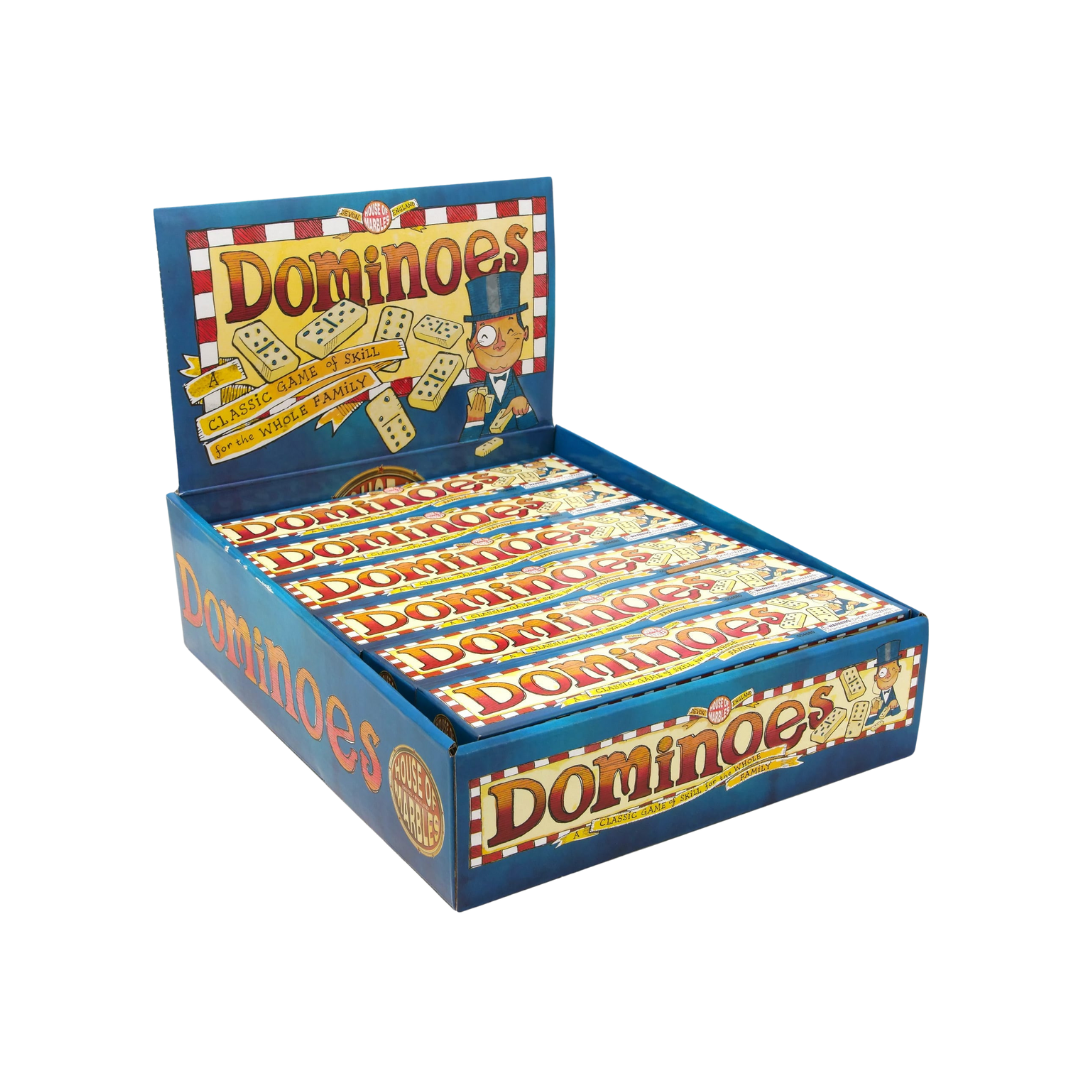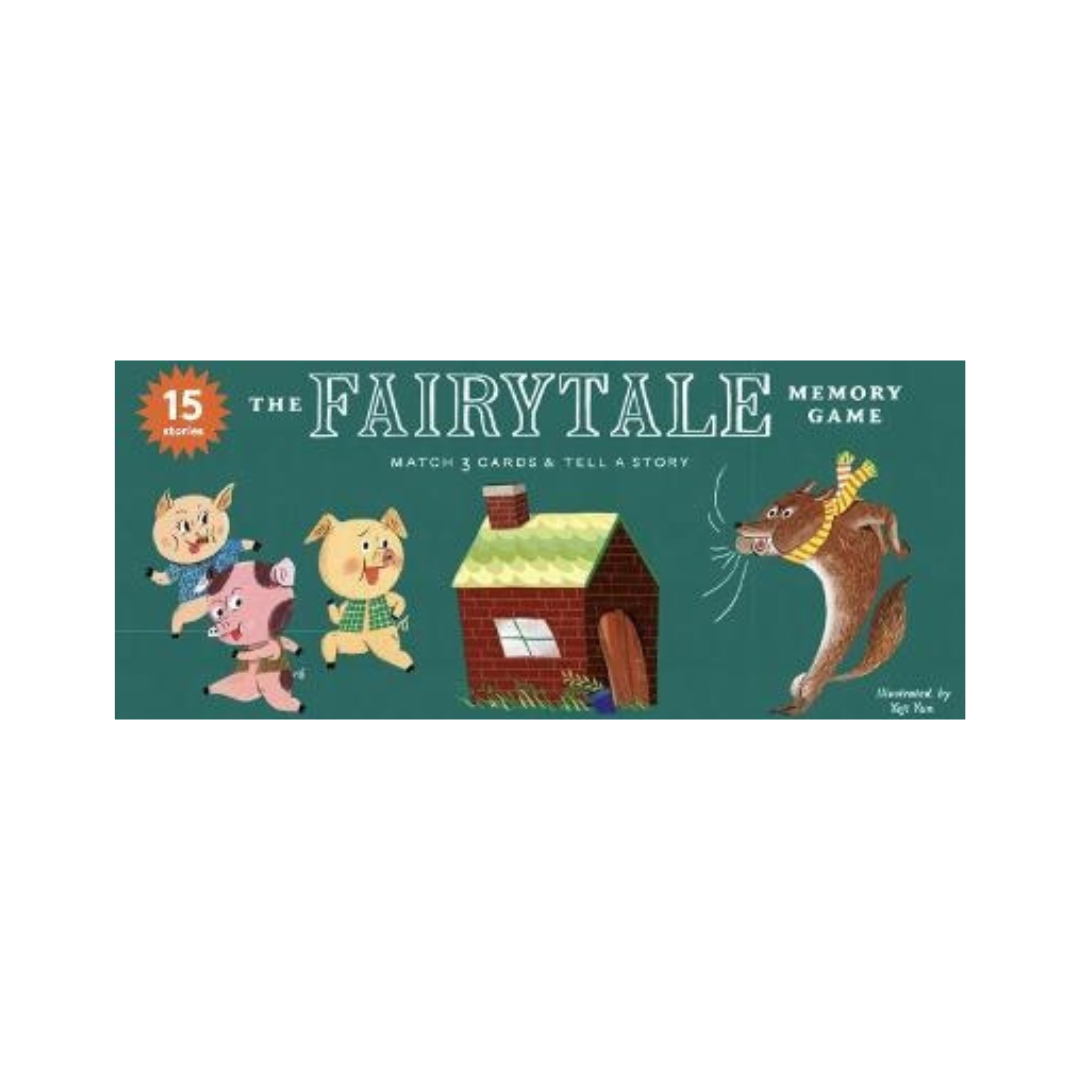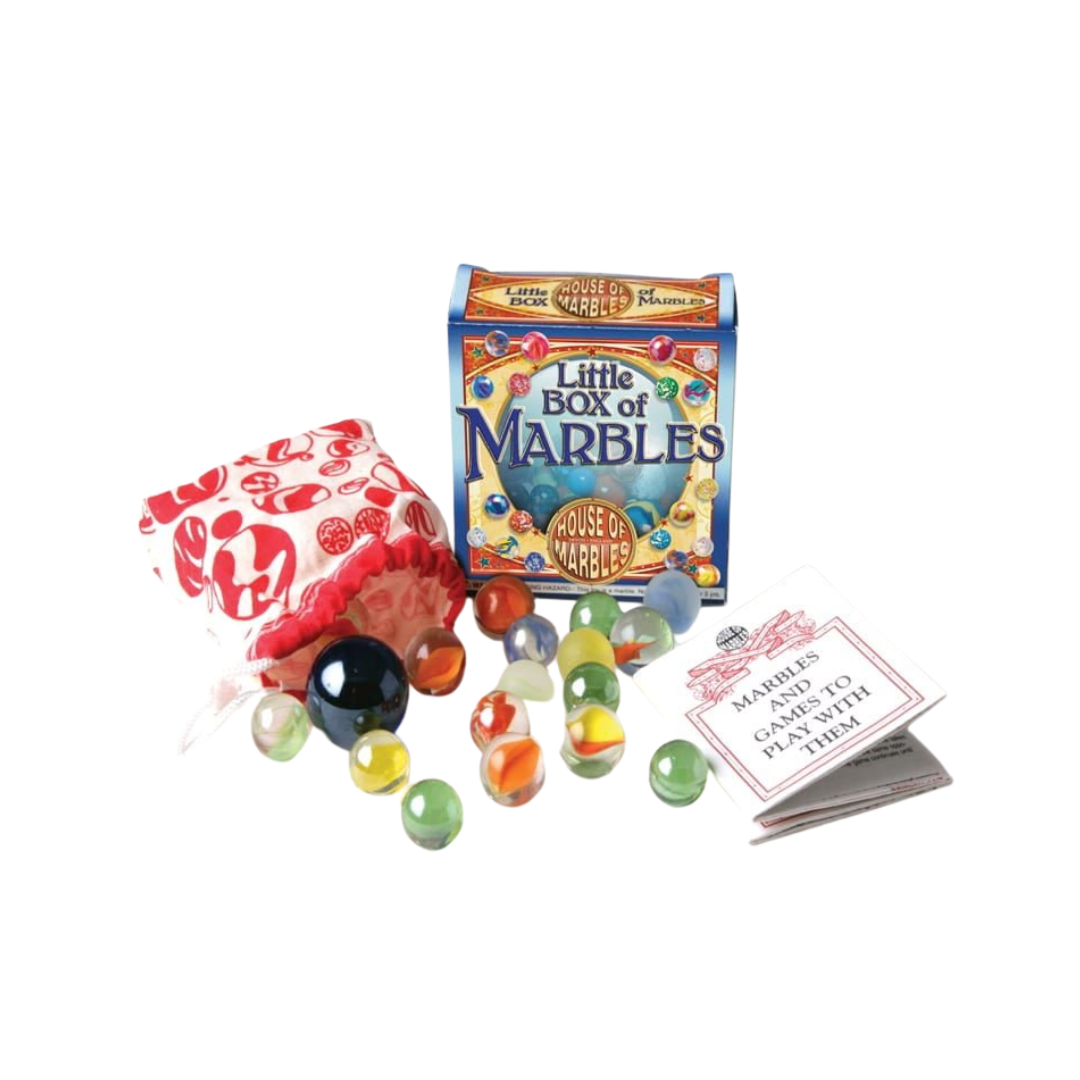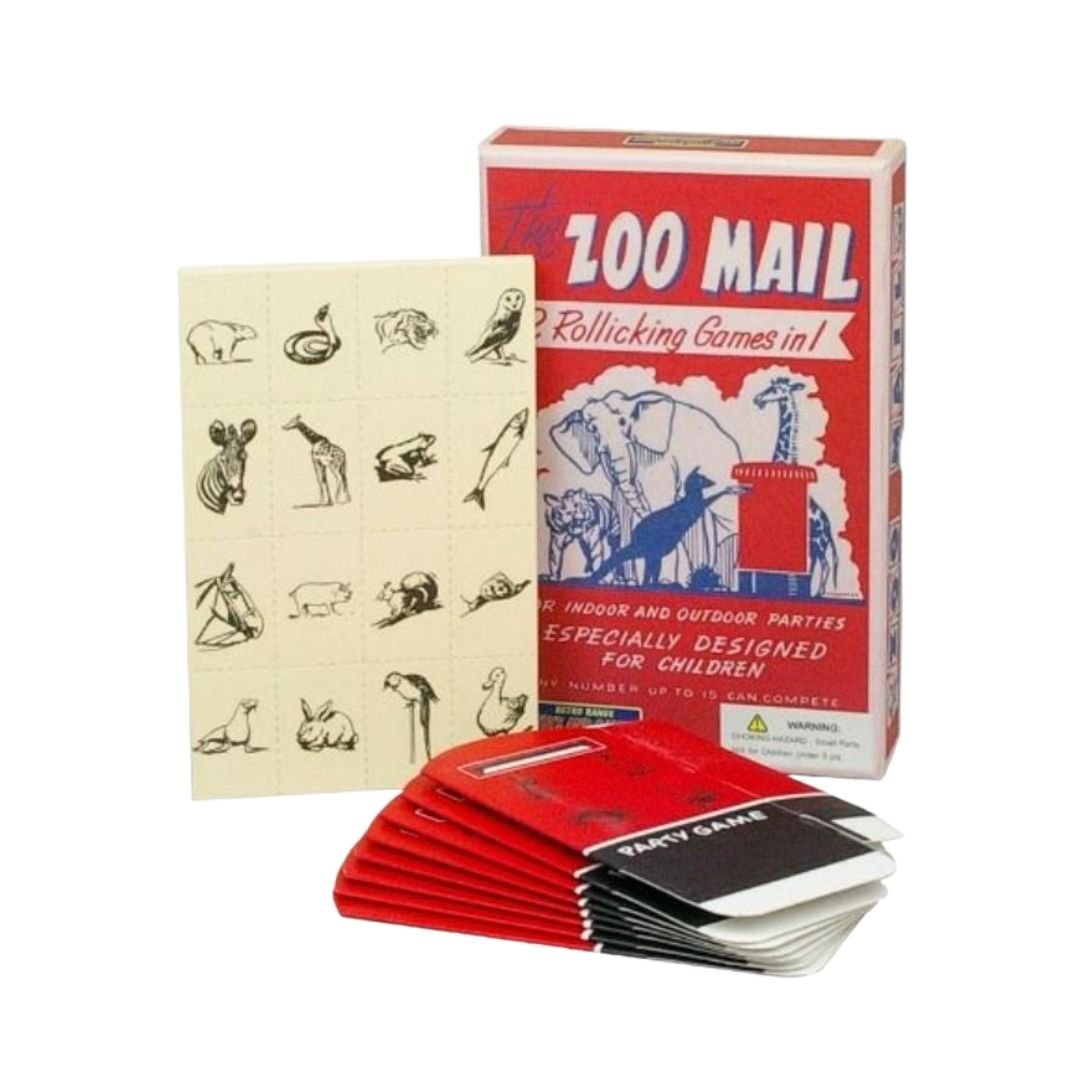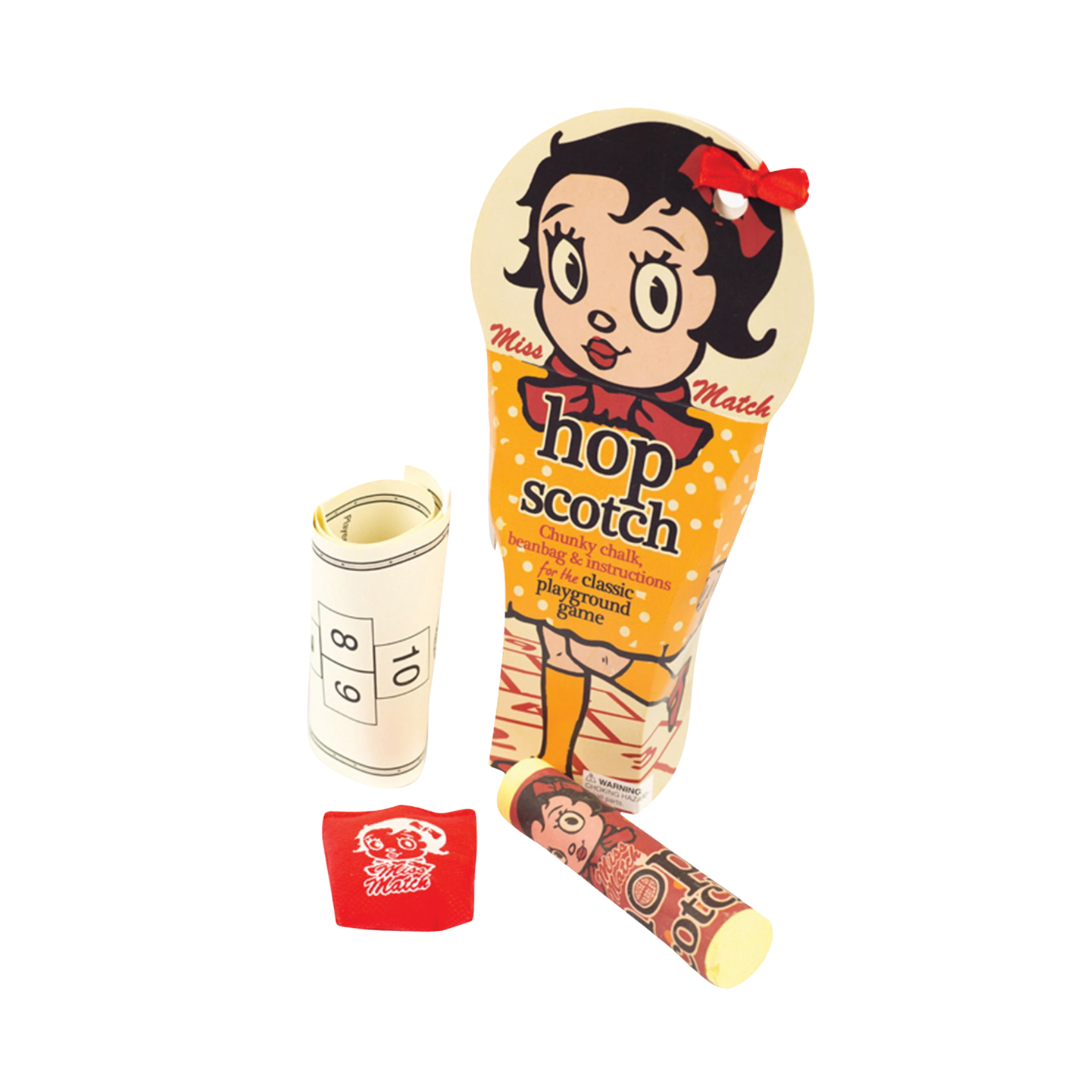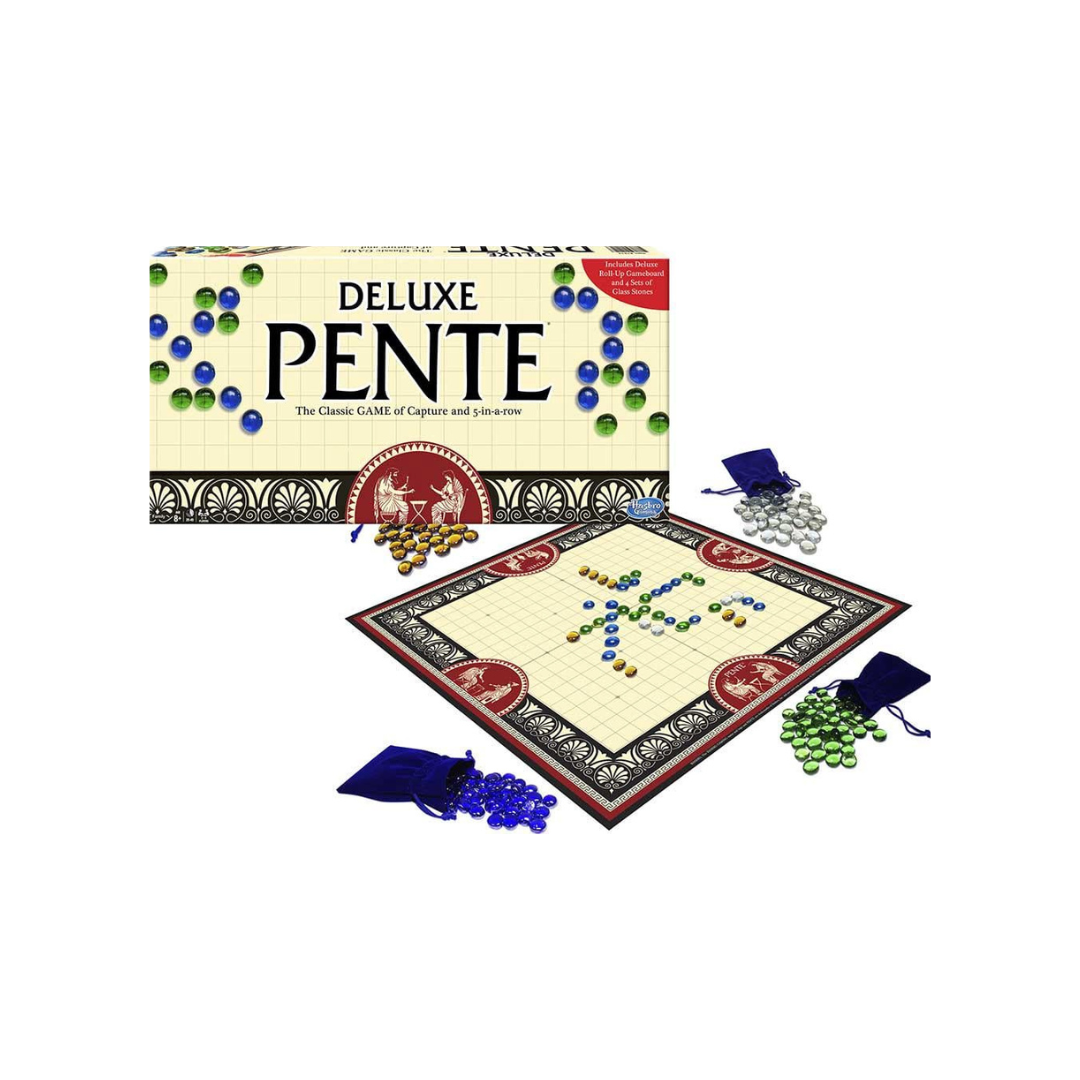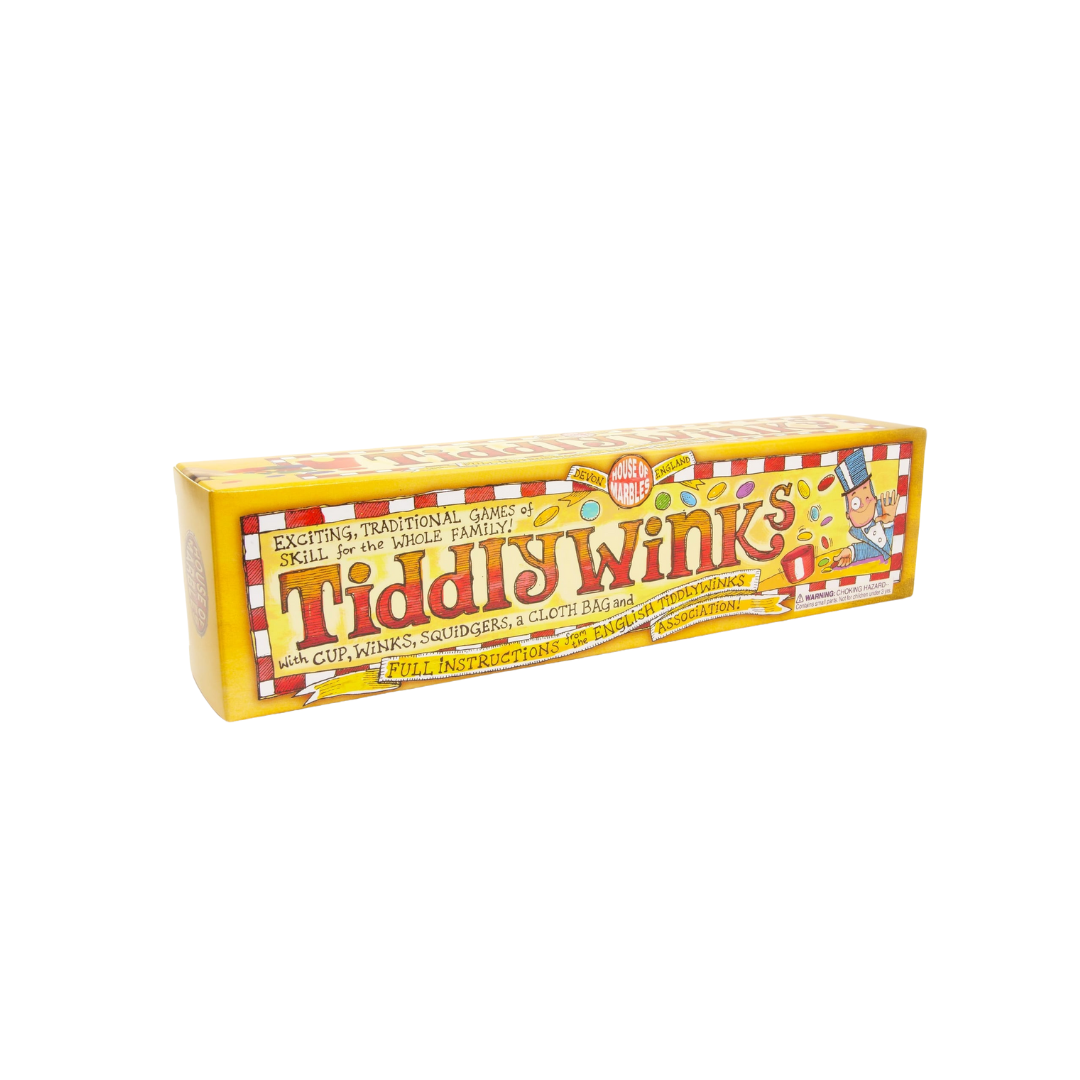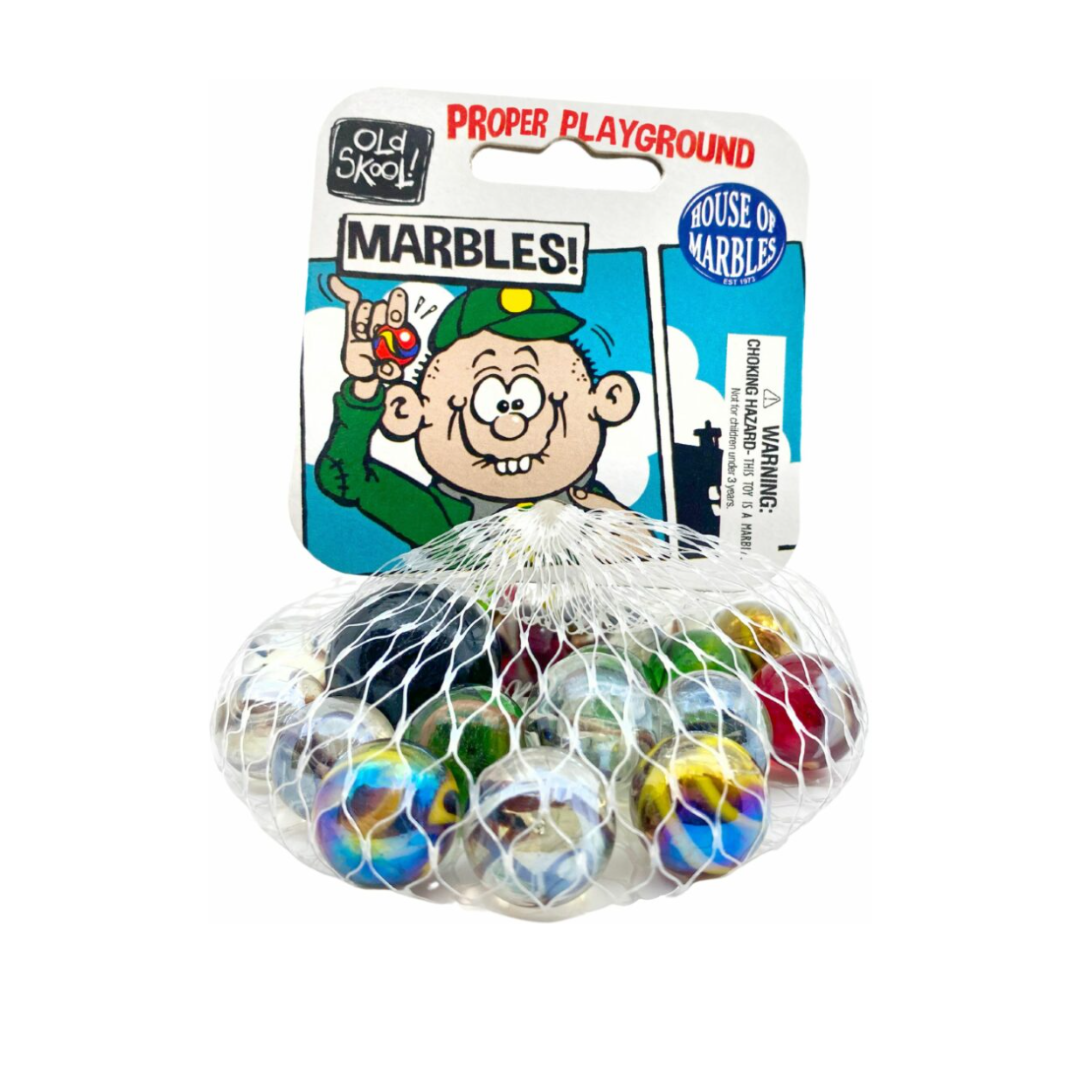TOYS & GAMES DURING WORLD WAR II
Toys and games have always reflected the attitudes, humour, and imagination of the culture and times that created them.
As toy historians Athelstan and Kathleen Spilhaus wrote, "A toy's appeal lies in the form and shape, the beauty of line, the colour and detail, the charm of miniaturization, and the humour of caricature. Some toys amuse us with their jerky antics; others add beauty to our lives with their grace and rhythm. Many do things we can't do in real life, thereby keeping us in touch with fantasy."
During WW2, children played many different games, both in groups and individually. Children commonly played Hopscotch, Four Square, Jump Rope, Chess etc. together, as well as all types of ball games. Young children loved to play jacks, marbles, play school and house, and played with cars or dolls. Kids in the neighbourhood loved playing games out on the street such as, "Red, Light, Green, Light", "Red Rover", "Hide and Seek", "Statutes" and many other games.
Board games were popular like Monopoly, Scrabble, Life, Checkers, Chess, Backgammon, Chinese Checkers, and Dominoes. Cards were a really big hit - Fish, Concentration, Crazy Eights, Hearts, and if old enough, Canasta, Gin Rummy, Solitaire, Slap Jack, War and 21. There were also games played in the water such as Marco Polo, dive bomb and water ballet. Children played for hours because they did not have video games or television. More often than not they made up their own games too.
In the evening children played cards, Chutes and Ladders (which is similar to Snakes and Ladders), Candy Land and Checkers. The boys enjoyed playing with army figures and the girls on the other hand liked the brand new Barbie doll. During the war, families were short of money so only the rich children had toys. Other children may have had a football and maybe if lucky, a couple of marbles.
Life wasn't all fun and games though, children still had to go to school, though some schools moved from the towns to the country. As well as ordinary lessons children learned air raid drills, leaving classrooms when the sirens sounded to go to air raid shelters. To raise money for the 'war effort', schools started 'Spitfire Funds' and National Savings Groups. More than 6,000 school savings groups started in 1940. Children saved money each week, instead of spending their pocket money on toys.
Most children left school at 14 (in 1944 the school leaving age was raised to 15). From school, most young people went to work. Only a few went to university. They could join the forces in 16. At 18 most young people knew they would be 'called up' (conscripted) for the Forces or for war work in factories, farms or coal mines. In 1945 German boys as young as 10 and 11 took part in fighting during the last weeks of the war.
At home, children listened to the radio. For many, their favourite programme was the teatime 'Children's Hour'. Children listened to music and comedy shows too, though perhaps not to the 'Radio Doctor' telling people how to stay healthy. People played records on a gramophone. Records in those days were black shiny discs, easily broken. At the cinema ('the pictures') you usually saw two films, or a cartoon and a film. There were Saturday morning film clubs for children.
Many toy factories were now making guns or plane parts or other war equipment, so there was a shortage of new toys. Children swapped old toys at 'toy-exchanges'. Many wartime toys were made of paper or card, because rubber, plastics, wood and metal were needed for the war. Lots of toys had a war theme. There were toy planes, toy tanks and toy battleships to float in the bath, there were books such as the 'ABC of Airplane Spotting', card games with pictures of soldiers and sailors, and a darts game with a picture of Hitler as the bull’s-eye to throw at.
Most children though made their own toys. Many children played with a small motorbike wheel, and a stick, holding races along the streets. They also made their own trolleys with pram wheels which they used to run in the streets, which were fairly safe back then as there was so little traffic. Most of the children used to collect soldiers & cap badges, the German ones were the most popular.
Toy manufacturers had to come up with creative ways to continue production. Paper dolls, puzzles, and games increased in popularity thanks to their widespread availability. Toys, board games, and hobby sets with military and war motifs also became standard playthings. Ingenuity developed out of necessity. For example, Lionel Corporation, famous for its trains, produced military items such as compasses during the war. However, in an effort to stay connected with its toy customers, Lionel created the Wartime Freight Train made entirely out of heavy-duty paper stock. It wasn’t the same as a Lionel electric train, but it was the best the company could offer under these circumstances.
The outbreak of World War II not only stumped the European toy industry, but also that in America. US metal was rationed and toys were placed on a list of unnecessary goods. A number of manufacturers including Daisy Outdoor Products and the Smethport Specialty Company were suddenly prohibited from making play items from their factories. Many toy companies were forced out of business. Others were retooled and enlisted by the government. Buddy “L” Hubley, Strombecker and the Louis Marx Company were among many large American companies that went from making children’s products to military supplies during the 1940s, and many, sadly, never found their way back.






